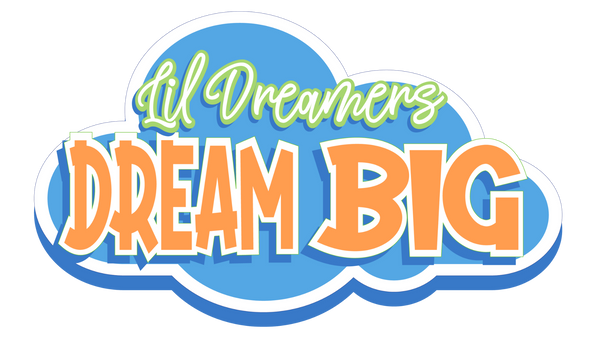Managing challenging behavior is a crucial aspect of fostering a positive and conducive learning environment in any preschool classroom. As educators, we encounter various behaviors, from defiance to tantrums, which can disrupt the learning process for all students. However, with the right strategies and approaches, we can effectively address and prevent challenging behaviors. In this blog post, we'll explore some proven techniques tailored for managing challenging behavior in the preschool classroom, integrating key elements of preschool curriculum, activities, and resources.
Understanding the Root Causes: Before diving into specific strategies, it's essential to understand the underlying causes of challenging behavior in preschoolers. These causes may range from unmet needs to communication difficulties, emotional regulation issues, or social challenges. Identifying these root causes enables us to tailor our approach to meet the individual needs of each child effectively, aligning with the principles of early childhood education.
Positive Reinforcement: Positive reinforcement stands as one of the most effective strategies for managing challenging behavior. Acknowledging and praising students for demonstrating desired behaviors, such as actively engaging in preschool activities or participating in daycare curriculum, can be highly impactful. By providing positive feedback, we can motivate children to repeat these positive behaviors, thereby nurturing a supportive learning environment.
Establish Clear Expectations: Setting clear and consistent expectations for behavior lays a solid foundation in the preschool classroom. Simple rules like "Use kind words," "Share toys and materials," or "Listen when others are speaking" provide preschoolers with guidelines for appropriate conduct. Reinforcing these expectations regularly and discussing the consequences of actions help ensure understanding, promoting adherence to the curriculum objectives.
Utilize Visual Aids: Visual aids play a pivotal role in managing behavior in preschoolers. Incorporating visuals into preschool craft activities or the overall curriculum helps children understand expectations and reduces confusion. Visual schedules, behavior charts, or picture cues serve as powerful tools for guiding behavior and promoting engagement with preschool programs.
Implement Positive Behavior Support: Positive behavior support involves actively teaching and reinforcing appropriate behaviors, emphasizing encouragement over punishment. Providing opportunities for children to practice positive behaviors through structured activities or interactive teacher resources is essential. Celebrating successes and offering encouragement contribute to a positive learning environment conducive to early childhood education.
Provide Individualized Support: Recognizing the uniqueness of each child is paramount in managing behavior effectively. Observing and understanding the triggers for challenging behavior in individual students allows us to offer tailored support. Whether through additional attention during homeschool preschool curriculum activities or sensory breaks, personalized strategies help children regulate their emotions and behaviors.
Foster a Calm and Supportive Environment: Creating a calm and supportive classroom environment is fundamental in managing behavior and promoting learning. Incorporating soothing elements like colors, lighting, and seating arrangements fosters a nurturing atmosphere. Integrating calming activities like mindfulness exercises into preschool programs aids children in developing self-regulation skills essential for early education.
Managing challenging behavior in the preschool classroom requires patience, understanding, and proactive intervention. By implementing these strategies and integrating key elements of preschool curriculum, activities, and resources, educators can effectively address challenging behaviors and foster positive social and emotional development in young children. Collaboration with parents, open communication, and seeking additional support when needed are essential aspects of creating a nurturing learning environment where all children can thrive.
